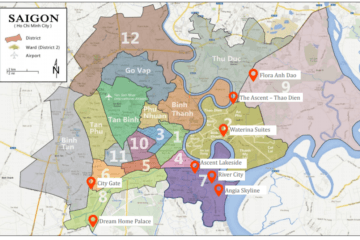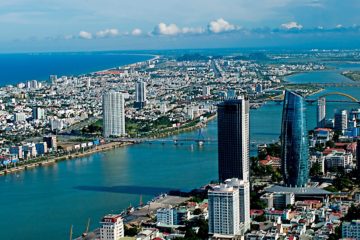The development of three SEZs (special administrative-economic zones) in Vietnam will require nearly $70 billion to be mobilized by 2030.

At a cost of VND1.5 trillion (US$66 billion), three new SEZs were proposed for the provinces of Quang Ninh and Khanh Hoa, as well as on the southern resort island of Phu Quoc. As per the plan, investors were to be offered greater incentives and fewer restrictions than available in other parts of the country, kick-starting investment. The freedom from local regulations is expected to make them competitive internationally and foreigners were to be lured with tax breaks and streamlined routes to permanent residency.
Notably, based on the specific geographic advantages of the three SEZs, the MPI proposed several preferential industries to focus on and develop for each zone, including high-tech sectors, tourism and trade.
To ensure the success of SEZs in Vietnam, the Ministry of Planning and Investment studied experiences from 13 other countries around the world with both successful and failed SEZ development models. Based on that research, a model for SEZ development suitable for Vietnam’s economic conditions was drawn up in the new Law on Special Administrative-Economic Zones.
The Ministry has just appraised three SEZ projects, announcing stellar figures. Van Don SEZ needs around VND 270 trillion ($12 billion) in 2018-2030, a half of which will come from domestic sources, with the remainder being foreign capital.
Total investment for North Van Phong SEZ in 2019-2025 is estimated at VND400 trillion ($18 billion), VND45 trillion ($2 billion) of which will come from the state budget.
The development of Phu Quoc in particular is high on the agenda, as the government has highlighted its potential as a commercial, service and trade hub which adheres to international standards. Indeed, land prices shot up on Vietnam’s largest island following news that it was slated to become an SEZ and authorities stepped in to suspend land use conversions and land transfers in the zones until a new SEZ law is passed.
Phu Quoc be particularly capital-intensive, with approximately VND900 trillion ($40 billion) needed in 2016-2030 to turn it into a SEZ. 59 per cent of this will come from domestic capital, while the remainder will be sourced from outside the country. This amount will be spent for land clearance, infrastructure construction, water and power systems, and public works.
Earlier, Imex Pan Pacific Group (IPP Group) proposed pouring VND10 trillion ($440 million) into the whole non-tariff area of Van Don SEZ in 2018-2030, while Sun Group is developing the VND7.5-trillion ($330.4-million) Van Don International Airport and the VND46.5-trillion ($2-billion) premium tourism complex, including a casino.


0 Comments